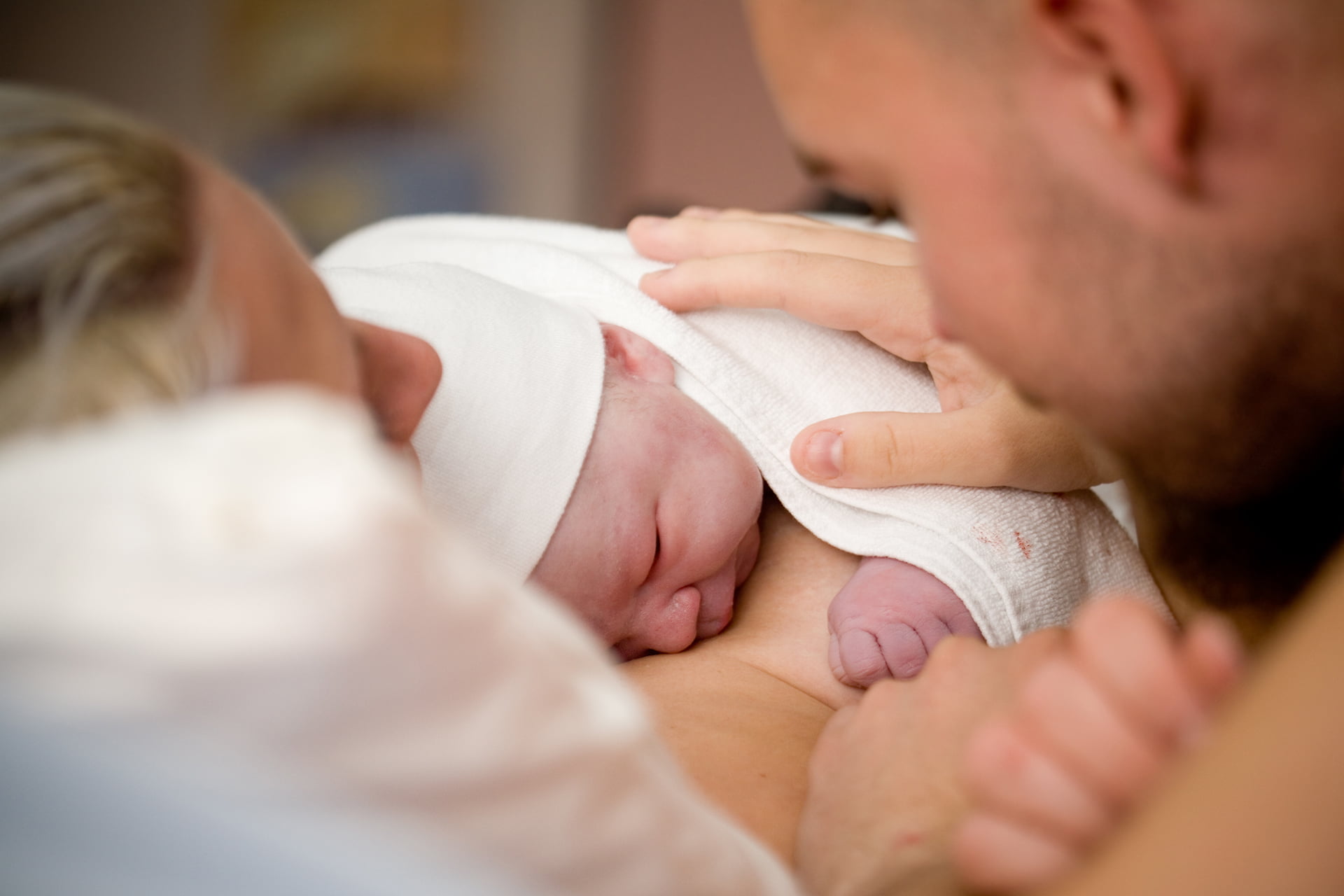Reproductive Surgery
Surgery can play an important role in correcting, restoring or preserving the anatomy and function of a woman’s reproductive system. In some cases, surgery will increase the possibility of spontaneous pregnancy, improve the results of assisted reproduction techniques or preserve the fertility of women at risk of premature ovarian function loss, particularly those undergoing chemotherapy or radiotherapy for the treatment of an oncological disease.
On the other hand, surgical procedures also present a risk of complications and failure, so their indication and technique must be assessed on a case-by-case basis by experienced teams, and their benefits and risks weighed against the woman’s wishes and expectations. .
Assessment of the infertile couple is essential to identify the possible causes of infertility and to establish a correct treatment plan, which may include medication, assisted reproduction techniques and/or surgery.

Possible surgical approaches
A minimally invasive technique in which a fine instrument is inserted into the vagina and cervix to visualize the interior of the uterus and correct any changes. Depending on the context, it can be performed in the office without anesthesia, under local anesthesia only, or in the operating room under general anesthesia.
Another type of minimally invasive surgery, laparoscopy enables surgical procedures to be performed in the abdominal and pelvic cavity through small incisions in the abdominal wall, through which a camera and surgical instruments are introduced. Compared with open surgery, laparoscopy is associated with a lower risk of surgical complications, less pain and faster post-operative recovery. It also offers a better aesthetic result, given the small size of the scars (5-10 mm).
In some cases, surgery through a conventional incision in the abdomen may be necessary.





Causes of infertility for which surgical intervention may be indicated
Uterine fibroids are benign tumors of the muscular wall of the uterus, and are very common in women of childbearing age. Many women with fibroids have no symptoms at all, or they may take several years to develop. In women with symptoms, the most common complaints are heavy, prolonged periods (which can lead to anaemia) and pelvic pain or pressure.
The presence of fibroids in the uterus can impair a woman’s reproductive capacity and be a cause of infertility and miscarriage. Fibroids that deform the inside of the uterus appear to have the greatest impact on fertility, and surgery to remove these fibroids can be effective in reversing this impairment. Depending on the size and location of the fibroids, surgery to remove them (myomectomy) can be performed by hysteroscopy, laparoscopy or open surgery.
Endometriosis appears to cause infertility by a number of different mechanisms, which may vary according to the location and stage of the disease in each woman. It is thought that the inflammatory environment caused by the disease in the reproductive organs can interfere with normal follicle development, oocyte fertilization and embryo implantation.
In more advanced stages, on the other hand, endometriosis distorts the normal anatomy of the affected organs, which may become deformed and adhere to one another, compromising the ovulation process and the capture of eggs by the fallopian tube, thus preventing progress. of spermatozoa, cause dysfunctional uterine contractions and prevent fertilization and embryo transport.
For women with symptoms of endometriosis, laparoscopic surgical treatment may be the answer to improving symptoms, restoring anatomy and improving fertility. Studies show that in these patients, fertility rates can double after surgery. On the other hand, when endometriosis develops in the ovaries in the form of cysts (endometriomas), it may be necessary to treat them surgically before proceeding with assisted reproduction techniques.
Certain changes in the endometrium (the tissue lining the uterus) can interfere with fertility, such as inflammatory conditions, scarring or polyps. Hysteroscopy enables these changes to be diagnosed and treated.
Uterine malformations can cause infertility or miscarriage. Some malformations, such as uterine septal defects, may require surgical correction by hysteroscopy.
Dilated or blocked fallopian tubes can be a cause of infertility. Depending on the type of tubal change, laparoscopy may be necessary to correct tubal deformities and obstructions, or on the contrary to remove distended tubes (hydrosalpinx), as their presence compromises the success of in vitro fertilization.
Polycystic ovary syndrome (PCOS) affects around 10% of women of childbearing age, and can lead to menstrual irregularities, excess male hormones and infertility. In certain cases of infertility where drug treatment is not effective, laparoscopic ovarian drilling may be an alternative. During this surgery, several holes are drilled into the surface of the ovaries, resulting in a reduction in male hormone levels and the resumption of cyclic ovulation. It should be noted that ovarian drilling is not a technique recommended for all women with PCOS, and should be considered on a case-by-case basis.
